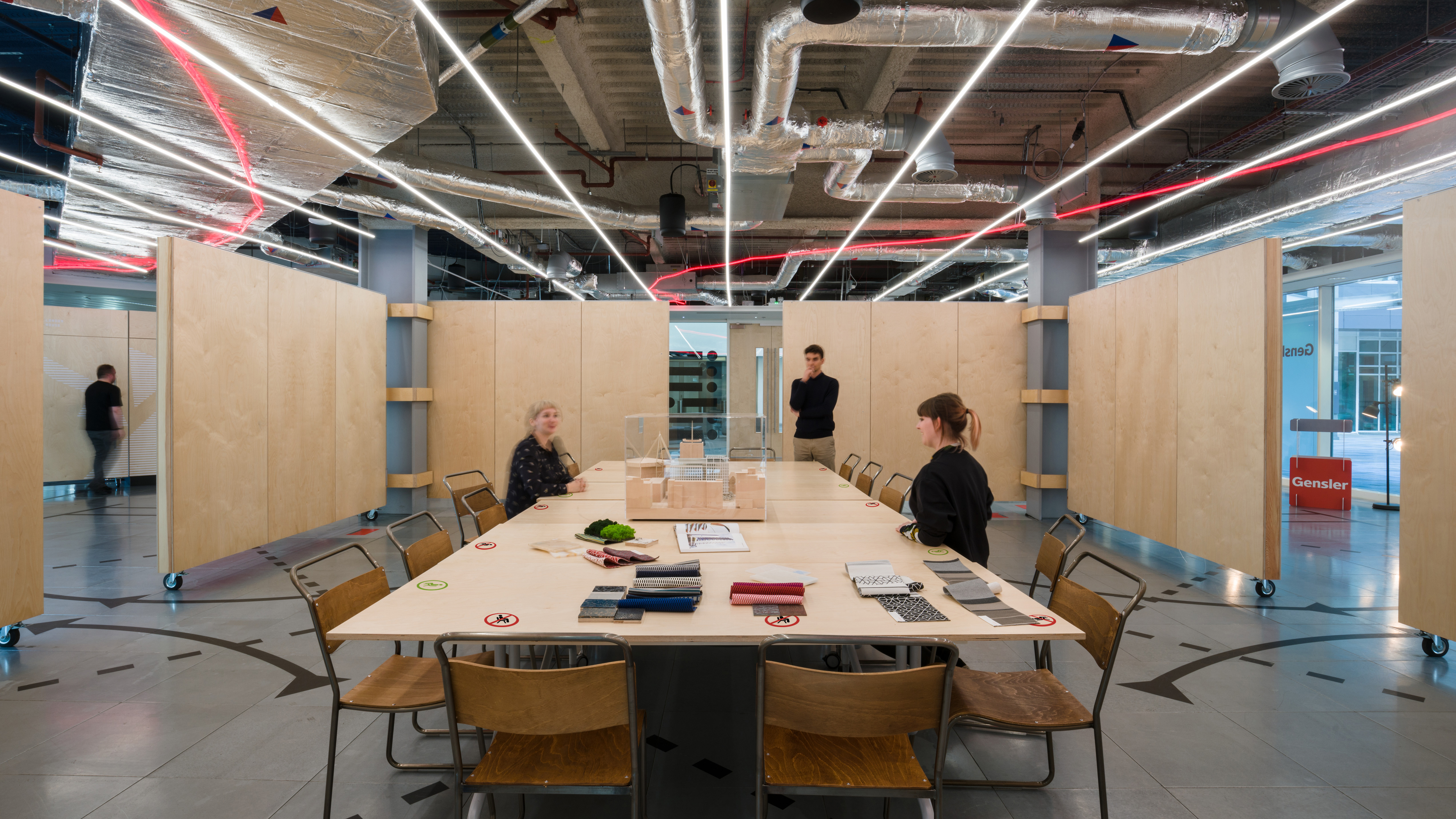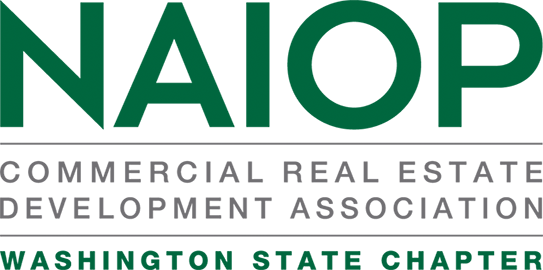Stepping into a New Normal: Redefining the Future of our Cities
 We’ve now reached 2+ months of working from home and have settled—as best as possible—into a new routine that revolves around juggling family, colleagues, and clients, while maintaining our personal health and well-being 24/7. That’s a lot. Some of us may be embracing this new work style while others are still overwhelmed by the daily challenges. But what’s top of mind for us all is what’s looming ahead. What will our new normal look like when our stay-at-home restrictions are lifted and more importantly, what changes can we expect to stick?
We’ve now reached 2+ months of working from home and have settled—as best as possible—into a new routine that revolves around juggling family, colleagues, and clients, while maintaining our personal health and well-being 24/7. That’s a lot. Some of us may be embracing this new work style while others are still overwhelmed by the daily challenges. But what’s top of mind for us all is what’s looming ahead. What will our new normal look like when our stay-at-home restrictions are lifted and more importantly, what changes can we expect to stick?
There has been much speculation and publication around what we could see when we return to the office. There will undoubtedly be the anticipated ongoing requirements of continuing to practice frequent hand washing and safe distancing. Health screenings for body temperature and the need to wear face masks in public places will become part of our routine. Physical changes to the work environment such as greater space between workstations, one-way traffic flow and limited occupancy of meeting rooms and elevators will also be necessary to maintain a safe space. We are all becoming more familiar with general changes that will certainly be in force on day one. The real question is, which of these changes and other modifications will be part of the workplace going forward, even after the likelihood of contracting COVID-19 has subsided?
Architects, workplace designers, developers and owners of office buildings around the world are now faced with the new challenge of assuring people going forward that they are working in and visiting buildings that are healthy and safe.
After successfully keeping our professional operations flowing, productivity high, sales transacted and deadlines achieved all through virtual means, many are questioning why we would physically go back to the workplace. The office has and always will be a relevant and an incredibly valuable environment. It may be that our best work can be done from home where we have maximum control of our personal environment. It may be possible to run our companies completely remotely. But even with cutting edge technology that makes virtual collaboration possible, we are still missing the fundamentals of community. The office is where we convene. It’s where we gather, we share, we socialize, and we create … together. As humans we crave socialization, and for those living at home alone, this has been a very tough time. Even those of us who aren’t alone, living with family or housemates, long for the day that we can engage with our colleagues face-to-face. That impromptu meeting that sparks the next big idea just doesn’t happen on video calls. There are many positive reasons to come together in one physical space, so how do we address the new needs to bring people back?
Trust
Now that we know we need to go back for at least some portion of our work, how do we do that with comfort and the confidence that it’s safe? Establishing a safe environment from day one that allows for adaptability over time as restrictions are slowly lifted will be critical for gaining the trust of tenants and employees entering the building each day. This will depend on what is seen, heard, felt and experienced. Welcoming people and providing clear direction though personal guidance and signage will need to be done with empathy and on-brand messaging to ease anxiety and instill confidence. Unlike days past when janitorial crews worked at night, these people are now the stars of the show. The visible cues of continuous cleaning, along with design focused on visibly clean materials and uncluttered spaces, will provide assurance that the space is indeed safe. Access to fresh outdoor air by operable windows and to outdoor spaces, and the gentle hum of fresh air inside the building, will also provide comfort to occupants.
Touchless Technology
Technology has been the key to our success in working remotely and it will only become more important to our future work environments. We’re already using touchless technology to create sanitary restrooms. Replacing touch with gestures can also be used to open doors or turn on displays for virtual collaboration screens. Hands-free devices like the voice-activated assistants offered by major tech companies could minimize the need to come into physical contact with light switches and appliances. Taken further, facial recognition could be our security screening to gain access to elevators and office suites. The options are as vast as they are pricey, but the investment will carry us deep into a future of safety throughout the building.
Focusing on WELL-being
What we know for sure is that we have a newly heightened awareness of our personal health risk and the impact our environment has on that. As we go back to the office and into other public spaces, we want to be assured the space is healthy and supports our personal well-being. One way to satisfy this is though certifications, which can range from the cleaning protocols to the building structure itself.
While LEED certification is an established measure of sustainability, more emphasis may be placed on the WELL Building Standard and Fitwel certification in order to measure, certify and monitor building features that impact health and well-being. Outdoor air is one essential element, so establishing more connections to the outdoors with operable windows, roof decks and terraces will provide personal access to the fresh air above and beyond the increased ventilation being designed into the mechanical systems.
As we continue to navigate our world amidst and post COVID-19 and step into our new normal in the weeks and months to come, we’ll continue to face an abundance of unknowns. What we do know, however, is that we – the developers and designers – are poised to lead the efforts in redefining the future of our cities, one building at a time.
Office image © Gareth Gardner | Design by Gensler
 Kristin Jensen is the Co-Managing Director for Gensler Seattle. Rooted with a degree in architecture, Kristin has spent the last two decades in commercial real estate development overseeing projects from hotels to office and mixed-use. She is past President of NAIOP Washington State.
Kristin Jensen is the Co-Managing Director for Gensler Seattle. Rooted with a degree in architecture, Kristin has spent the last two decades in commercial real estate development overseeing projects from hotels to office and mixed-use. She is past President of NAIOP Washington State.
